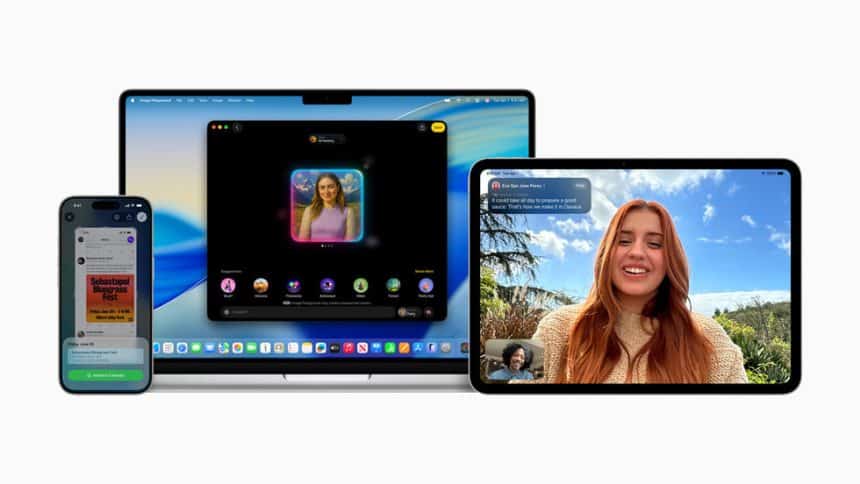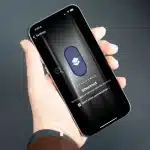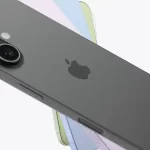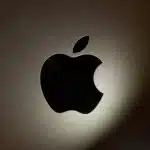Starting June 20, 2025, the European Union will require every new smartphone and tablet sold within its borders to carry a standardized energy label. Moreover, these labels must include:
- An energy-efficiency class from A to G.
- Battery life per charge, shown in hours and minutes.
- Battery longevity measured in full-charge cycles.
- A repairability score graded A through E.
- Drop-resistance and ingress-protection ratings.
- A QR code linking to detailed specifications in the EU product registry.
Impact on Consumers and Apple
These changes form part of the EU’s Green Deal, which aims to reduce electronic waste and extend product lifespans. Consequently, shoppers will compare durability and energy use at a glance. Apple already updates iPhones for over five years and offers official and self-service repair options with genuine parts. However, the new rules require spare parts to remain available for seven years after a model’s last sale—slightly beyond Apple’s current policy. Additionally, batteries must retain at least 80% of original capacity after 800 full cycles, forcing Apple to meet formal EU testing standards.
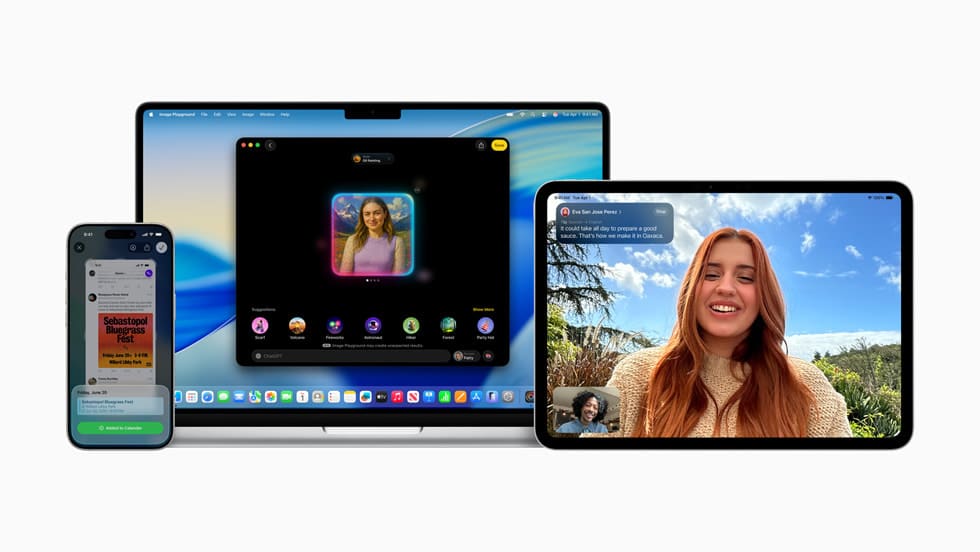
Exemptions and Review Timeline
The mandate covers smartphones, feature phones, cordless handsets, and slate-style tablets. It excludes rollable-display phones, tablets running desktop-class operating systems, and specialized secure devices. The European Commission will review the rules in 2027 to adapt for technological advances.
Projected Savings and Environmental Benefits
Officials estimate the regulation will cut primary energy use by 8.1 terawatt-hours per year by 2030. When including production and standby savings, total reductions approach 14 terawatt-hours—about one-third of Europe’s mobile device energy use today. Financially, households could save roughly €20 billion annually, or about €98 per household, through fewer replacements and lower energy costs.
What This Means for Apple
Apple has long championed sustainability, from carbon-neutral goals to recycled materials. Now, the company must further spotlight device longevity and repairability alongside energy efficiency. As a result, these EU standards will shape Apple’s design and after-sales strategies for years to come.
